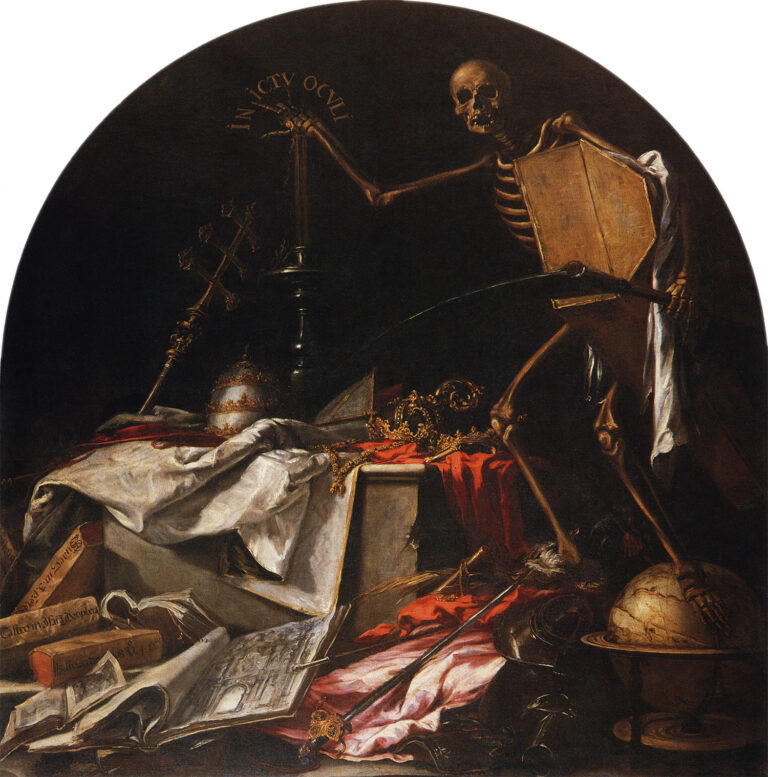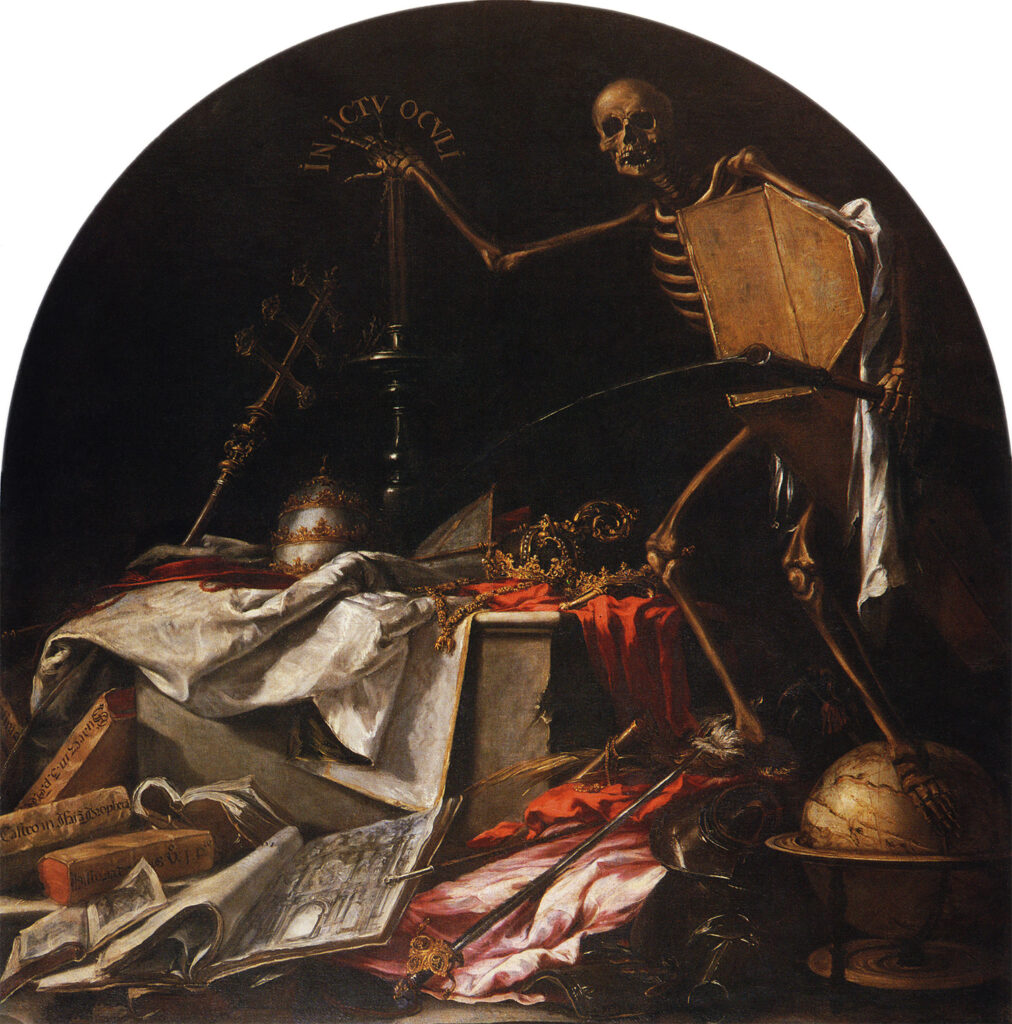Kill more Jews. That will help!
In the 1390, ‘s Anti-Semite riots led many Jews to convert to Christianity. Many of these “conversos” made the switch out of fear or convenience rather than genuine reasons of faith as they intermarried with Christians, a new people group formed over the next hundred years. The converso was a hybrid: part Christian, part Jew, and mostly pragmatic regarding religion. Their tepid perspectives on faith in fundamentalist Spain would not serve them well. In the 1490s, rumours began to fly that many conversos were Crypto-Jews, strategically planted within Christian culture to undermine it. The recently formed Inquisition jumped all over this opportunity to roust out these wolves in sheep’s clothing. Suddenly there were “Crypto Jews” everywhere that needed to be dealt with. Naturally, paranoid Spanish pointed fingers at the Jewish community for being behind the fifth column. This fiction resulted in large numbers of conversos being slaughtered and Jewish communities forced to convert or be expelled from the Empire. Many opportunists from lower classes took advantage of the paranoia to proclaim their pure blood over the mixed blood of anyone above them, giving rise to a power grab from people of humble origins. Peasants could overthrow their masters now as purity of blood became the primary prerequisite for upward mobility.
The Vatican was not impressed with the chaos that overtook Spain around this issue, and Pope Sixtus complained.
“Many true and faithful Christians, on the testimony of enemies, rivals, slaves and others…have without any legitimate proof been thrust into secular prisons, tortured and condemned as relapsed heretics, deprived of their goods and property and handed over to the secular arm to be executed, to the peril of souls, setting a pernicious example, and causing disgust to many.” 161
Mental Health care strategy in 1580s Seville is eerily similar to Mental Health care strategy in 1980s Vancouver!
Seville had 112 Hospitals in 1580, all run by a bewildering array of fraternities, brotherhoods and ordinary citizens. In addition to the physically sick, these organizations cared for the poor, destitute, and mentally ill. The Crown decided to merge 75 of these institutions into two more economically feasible mega hospitals dedicated to serving only the needs of the physically sick.
“City fathers watched on in horror as the many poor, often widowed, elderly, retarded or slightly mad, who had been looked after in one or other of the ramshackle old establishments were poured out into the streets of the city, where they turned to begging” 219

Riverview opened its doors in 1913. But after over 80 years of operations, the government decided that institutionalizing the mentally ill did not fit its philosophy of care or its budget, so Riverview gradually downsized until it was closed for good in 2012. And city fathers watched on in horror as the many poor…and slightly mad poured out into the streets of the DTES, where they turned to begging. The attempt to de-institutionalize mental health care and reintroduce the sick into communities has repeatedly been the primary explanation that I have heard for why so many homeless, mentally ill people stumble aimlessly around the DTES.

Plague, Pirates, Rebellion, and Lazy Proud Aristocrats Ruined the Spanish Party at the Top of the Heap.
- Plague: The plague came, reducing many cities in Spain by half their population. Famine compounded the tragedy when not enough farmers were left alive to produce food to support even diminished populations.
- Pirates: The English, in particular, deputized their merchants, empowering them to attack and steal anything they could from the Spanish. This legalized piracy was so successful that Spain could not fund its European wars or adequately finance itself like it once could.
- Rebellions: The well-known Spanish saying of the time captures the spirit of rebellion toward the Crown that came to dominate “one obeys, but one does not comply. I am subject to the rule of law, but I do not abide by the law” p316. The Spanish Crown had tight control over all its imports, so much so that many Spanish traders created a vast black market in which they traded with other countries before entering Spanish ports. Spain needed to develop a system that was worthwhile for Spanish traders. In essence, they needed to embrace capitalism. They didn’t and were surpassed.
- Lazy Aristocrats: Early on, Spain’s aristocratic system built around nobility and honour worked for its conquest-based expansion platform, but wealth accumulation led to opulence and laziness. Spain needed to dispense with petty chivalry and concerns about honour and status and get to work building a thriving economy built on trade by hard-working farmers, artisans, and merchants. They couldn’t make that shift and faded into the background of history.






2 Responses
If only we could learn from history we could avoid many errors.
So true!